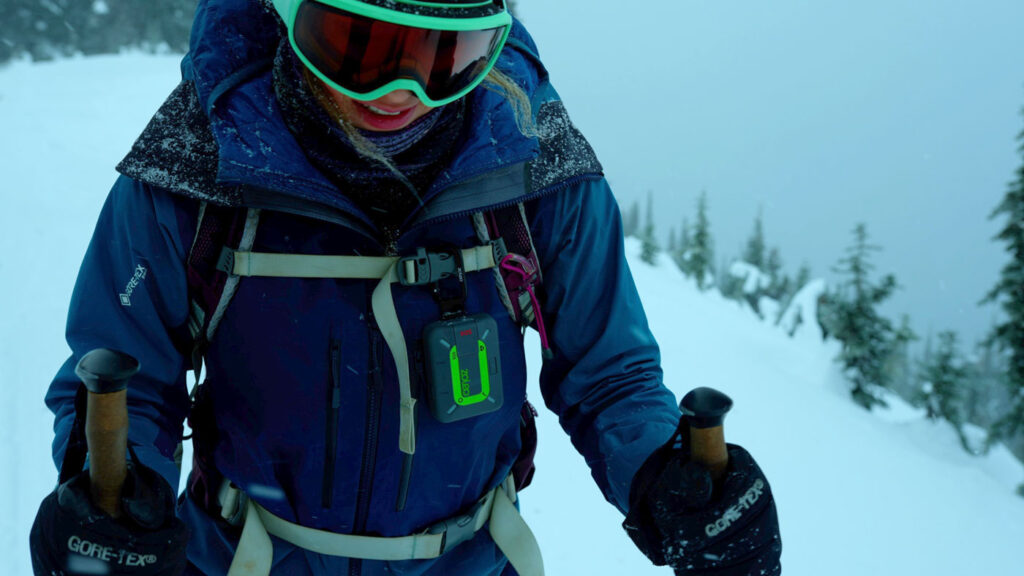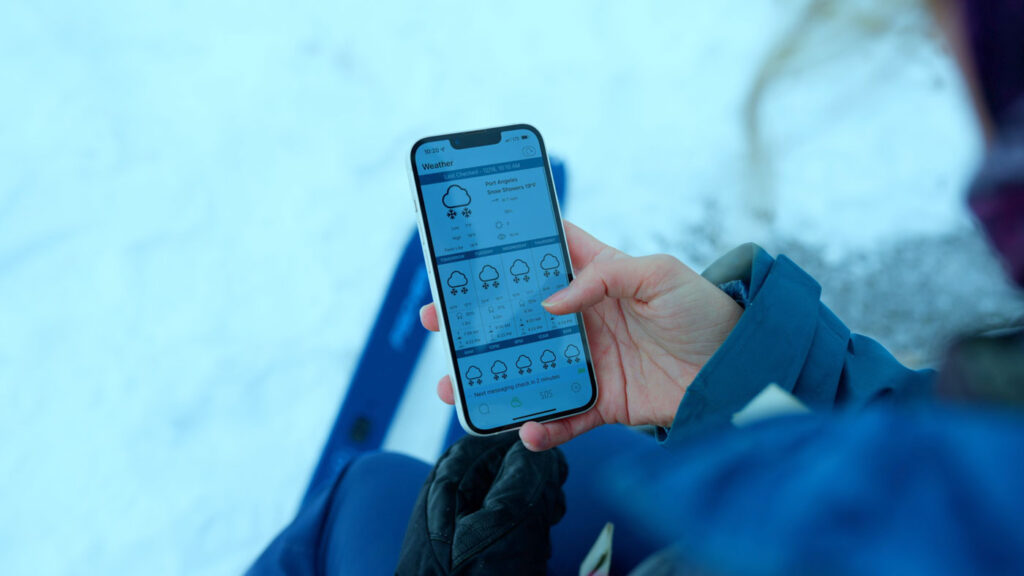- January 26, 2023
Tags
Powder Cloud Likes: Zoleo
Like most people, I’ve been using the Garmin InReach (Explorer and Mini) for over a decade. While the InReach has served me well, after reading Rob Coppolillo’s review of satellite communication devices, I decided to try a newer device on the market—Zoleo—and test it for six months to see how it compares.
Before going into details on the Zoleo, I encourage (actually beg) all who travel in the backcountry to carry a satellite communication device, whether it’s a Garmin, Zoleo, or comparable device. Hesitant to spend the money? Cancel one of the 10 redundant video streaming services you have and use the savings on something that could save your life.
My experience with the Zoleo has been very positive. I’d certainly recommend it to others, especially those who prioritize ease-of-use, which was the first thing that impressed me. Setting up and learning how to use all the features of the Zoleo was painless—it can be done by men who don’t read instructions and who suffer from technophobia. (Women are generally smarter.) The mobile app is intuitive, efficient, and works seamlessly with the device. Customer support is solid, too—no surprise considering Roadpost Inc., which manages the service, has decades of experience working with government and enterprise customers.
I’ll get into the safety features in a moment, but my overall favorite thing about the Zoleo is that it assigns users a designated cell number and email. This means my wife can put “Paul’s Zoleo” permanently into her iPhone contacts so my check-in texts don’t come from randomized numbers she thinks might be spam or smishing attacks.
Also, the texting service (via the app) was so easy to use that I was more diligent at having two-way chats with my wife to provide updates and ETAs. You can also send check-in messages (not customizable) in a matter of seconds either from the app or by simply pushing a button on the device. The message can include your position with a link to a map showing your location along with a simple “I’m OK” message. Enabling location sharing (sends location updates at set intervals to your check-in contact) allowed my wife to automatically have precise knowledge of my location and trip progress.
As for the battery life, it was superior to any device I’ve tested. Zoleo estimates 200-plus hours, and I was getting 160-190, depending on the frequency of location shares, which is pretty darn close. They also have concise instructions on how to configure the device to conserve battery power.
Though (thankfully) I have not had to actually use it, the SOS feature is extremely simple to activate and deactivate via the device or the app—and the button on the device adequately prevents accidental activation. (For added assurance you can schedule a test through Zoleo to make sure it works in advance of your trip.) If your phone is connected to the device, you can have a two-way text conversation with rescuers dispatched from the International Emergency Response Coordination Center.
Zoleo also allows you to check the weather in the field—ideal for hut trips, extended day tours, or backpacking trips. They recently transitioned their weather service from DarkSky to AerisWeather, which was an improvement in my opinion. I used it frequently and found it to be more than accurate enough for my needs.
One of the more important questions is connectivity, and both the satellite and Bluetooth were excellent. The Bluetooth always paired quickly with my phone, which might be the only Bluetooth pairing I use that actually works. I only had one problem connecting to the Iridium network, and that was in a slot canyon in Utah. Otherwise, no problems.
The one downside of the Zoleo versus the Garmin InReach is that the ZOLEO does not have a screen and is mainly designed to work when paired with your phone, which, of course, does not have a 200-hour battery life. (To solve that problem, I carry a few of the compact and lightweight GoalZero Flip power banks in my pack.) It does, however, have buttons on the unit to trigger an SOS, send a check in message, and turn location sharing on and off without the phone. If you require a screen on your device—or enjoy a retro 1990s texting experience—the InReach might be a better option for you.
I plan on using the Zoleo as my primary satellite communication device in the future. It’s a good fit for those who want an intuitive system, use their phone for navigation, and like to send frequent text messages. I think it works better than other devices for extended trips in the backcountry or week-long tours at a remote lodge.
If you really want to geek out and learn all there is to know about the Zoleo, I recommend Cris Hazzard’s review here on HikingGuy. Click here for pricing—Zoleo is the only Iridium-connected satellite device that costs less than $200—and to purchase.




